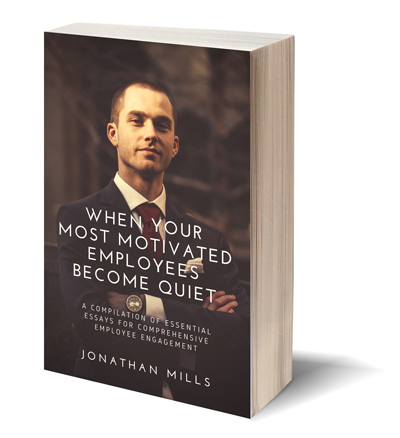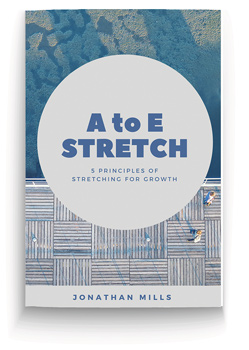During the past year or so, I have been working with a number of companies on enhancing performance, and subsequently results, through refocusing these business entities on employee engagement and quality leadership processes. Creativity and strategic thinking has not just been left to senior management as their responsibility, but the need for thinking strategically has been pushed down to mid- and lower-level leaders in these organisations with resultant better processes, innovation and creative ideas coming to the fore.
In a mining company located in a desert region of South Africa, a culture of “safely breaking records” has been established – innovation broke a previous record of 4 900 tons dropped in one blast to 6 800 tons of ore just recently. The mine also has implemented a real-time high definition screen 1.9 kilometres under the surface down the shaft which indicates the amount of ore successfully pulled to the surface. This gives miners an indication of the speed at which they are loading ore and getting the raw material to the processing plant. Productivity is on the upward path and the mine was largely unaffected by recent mining sector strikes in the country.
A certain five star hotel in Madagascar keeps its doors open and still delivers fine service despite the world economic downturn and political instability in the country, with resultant retardation of both business and tourism traffic to the island. As Francois Van Rens, GM of the Hotel explains: “We have focused our efforts on building into lower level supervisors and managers, developing them in their personal and leadership growth areas. As we have applied energy to the staff, this has translated into them applying their energy appropriately into serving our clients well”.
Correctly applied employee engagement practices are leading to greater productivity, a more motivated staff and an interface with clients that translates into repeat business, as can be seen in the above examples. The development of a high performance culture should be top priority for Human Resources and all senior management.
Michael Beer from Harvard Business School stresses the importance of not only focusing on the economic health of business, but also its organisational health. He suggests that high commitment and high performance organisations are able to deliver sustained performance because they have developed the following pillars:
- Performance alignment – when the total organisational systems – structure, systems, people and culture – fits performance goals and strategy
- Psychological alignment – when the emotional attachment of people at all levels is aligned to the purpose, mission and values of the organisation
- Capacity for learning and change – the developed ability for continuous learning, adaptation and even radical shift to keep focus on what matters most for the organisation
“Work intelligence” needed to develop a high performance culture requires organisational leadership to focus on engaging their employees around issues of value, contribution, the appropriate use of employee strengths, passion and focus on goals. This is the environment where matters of the heart have equal significance with matters of the mind. Employees, in such an environment, willingly offer creativity, ideas and effort, and pride for the company drives improved behaviour and commitment. Employee engagement and quality leadership are two critical ingredients needed for the sustainable development of a high performance culture.
http://www.freetogrow.com/programmes/organisational-culture-and-change










